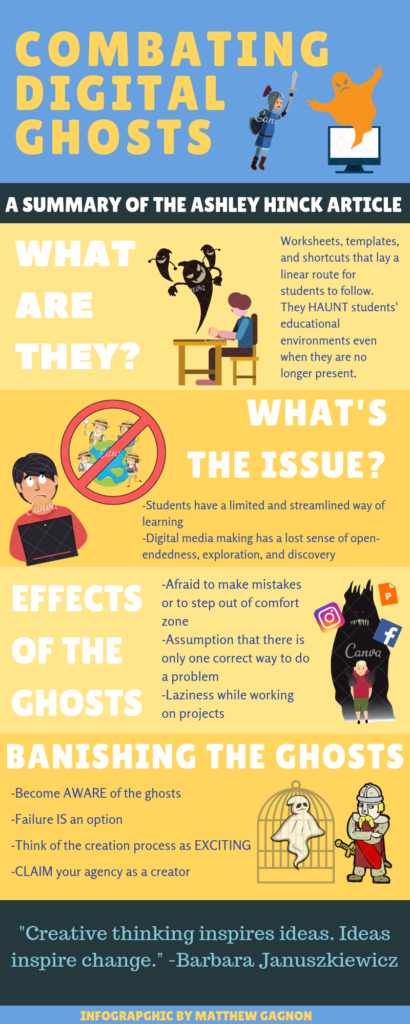.https://www.youtube.com/watch?v=7kZjhNOP4YI&t=40s
(Sorry I couldn’t figure out how to embed my powtoon) I chose to create a powtoon because I thought it could be more enjoyable than my other options and because it allowed me to promote my thoughts in an interesting way that I was not used to at all. With that being said I definitely could use some practice with the app because I ended up uploading it with some things not how I wanted it at all. I still really enjoyed it but I think the full version was way better than the free version, and I wish they would have gave a little more tools to work with.
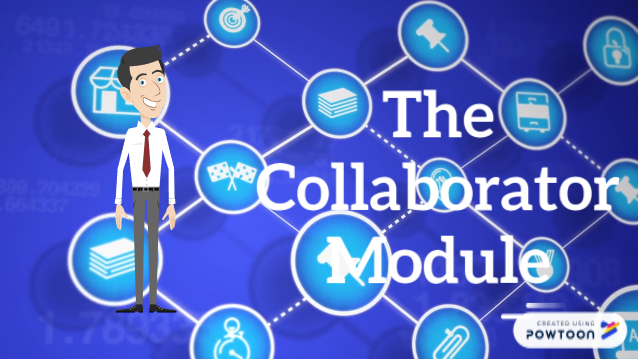
I chose to talk about the collaborator module in my powtoon because I liked it more than the other module. It was also easier to understand in my opinion. One of the biggest determining factors was that it was split up into four compact parts which made it a real treat to explore and summarize during my reflection.
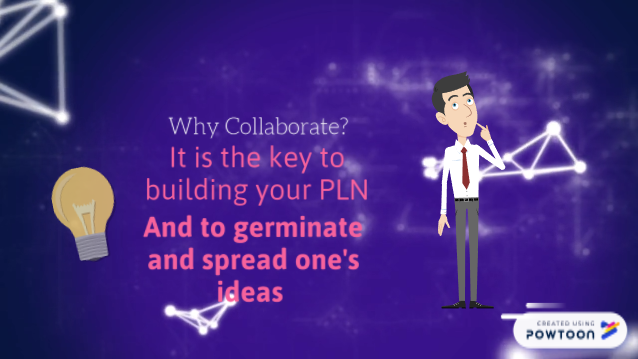
The first talking point was the EXPLORE portion of the module. Here the question of “why collaborate?” is proposed. This is in my opinion the most important part of the whole module (next to how to cultivate your PLN). I think it was very important that people understood the importance of collaborating with their peers, and how helpful it could be in your life as a whole. With that being said, I tried to keep my slides pretty minimal because I know too many words isn’t exactly aesthetically pleasing…

Next, the ENGAGE portion of the module focused on defining PLNs. For this part of my powtoon I really utilized Marc-André Lalande’s video “What is a PLN”. In the following slides I took time to explain why PLNs are personal in the first place. Letting people know that the user is in full control of the way they use and nurture their PLN. This shouldn’t be intimidating at all, in fact it’s very empowering knowing that you get out what you put into your PLN. Then I also talked about what makes it a “network” and how one can learn from it, but I think the most important thing is the fact that it is personal!
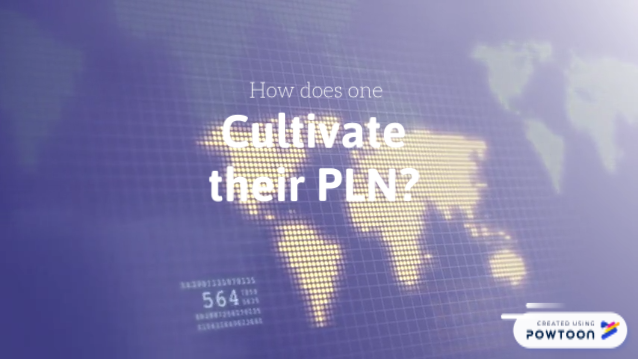
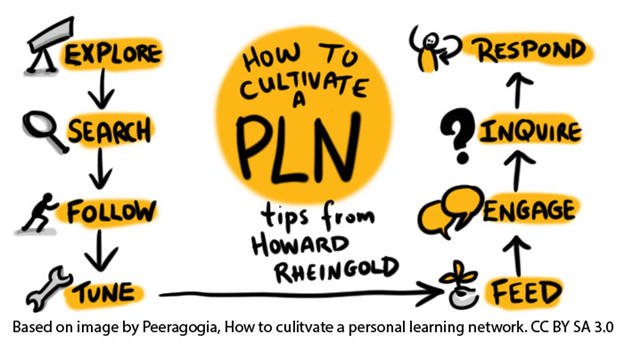
For the next part, I took basically all of the main points that Howard Rheignold talks about in his article. I thought the way he used key words such as Explore, Follow, Tune, Feed, Engage, Inquire, and Respond to explain his personal tips for creating the best PLN that you can possibly have was very helpful. I basically re-explained the image that was shown on the module….

Although I think that the EMPOWER section of the module was the weakest, I still believe that there is something to be said about the how helpful mapping one’s PLN could be. I think the main way that it helps people is by being able to really pinpoint what is important in you particular PLN and what it is that you want to get out of it. Mapping doesn’t only help you mentally recognize the reasons why your PLN is the way that it is, but it also give you a visual representation of worth and meaning within the PLN.
Anyway, thanks guys!
Matt Gagnon

